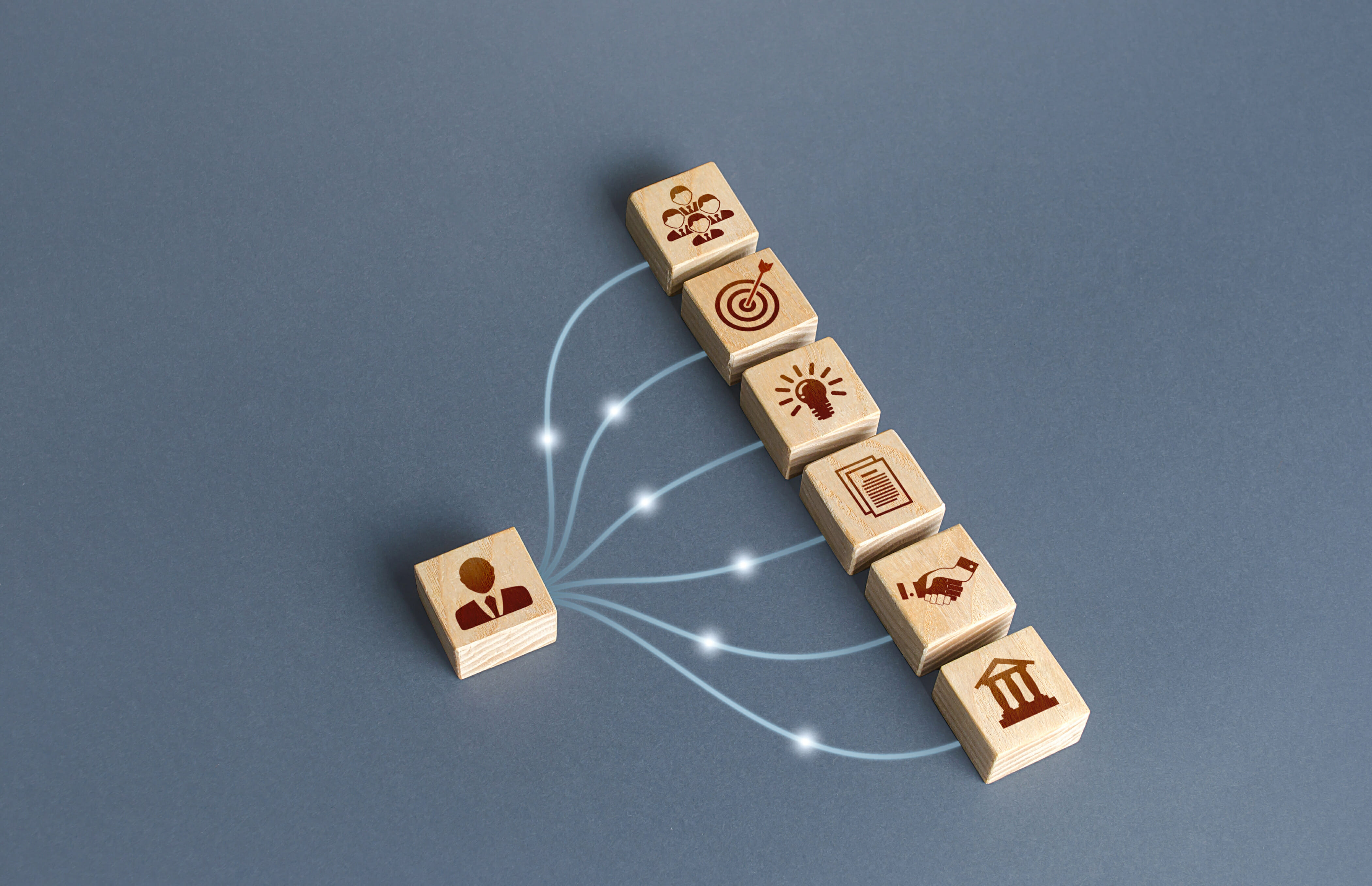Sustainability has become a defining priority for businesses, and the role of product managers is evolving to meet this challenge. Today, it’s no longer just about creating functional, user-centric products; it’s about building solutions that are economically viable, environmentally sustainable, and socially responsible. One powerful way to achieve this is by integrating reverse logistics into the product lifecycle.
Traditionally, software product managers have often left considerations of sustainability to hardware teams. However, both groups must collaborate and plan for the entire product lifecycle to ensure a unified and sustainable approach.
Reverse logistics refers to the process of moving products, materials, or components from the end user back to the producer—or another destination—for reuse, recycling, refurbishment, or proper disposal. Unlike traditional logistics, which focuses on delivering products to consumers, reverse logistics tackles the "afterlife" of a product. This makes it a crucial aspect of designing sustainable products.
Product managers, especially in the software domain, are uniquely positioned to drive sustainability initiatives. By influencing design, supply chain strategies, and operational processes, product managers can go beyond user-centricity to champion environmental stewardship.
Even for software-focused products, reverse logistics principles can be applied creatively:
Think about the end of a product’s lifecycle during the design phase. For example, software supporting IoT devices can prompt users to recycle or upgrade their hardware responsibly. These features help integrate circular economy principles into the product experience.
Product managers can leverage analytics to optimize the lifecycle of products. Supply chain data integrated into product dashboards can help teams monitor return rates, forecast refurbishment needs, and manage reverse logistics efficiently.
Products can include features that encourage users to adopt sustainable practices. For example, a retail app could show the environmental impact of purchases or offer rewards for participating in trade-in or recycling programs.
Apple’s trade-in program exemplifies reverse logistics done right. By offering customers incentives to return old devices, Apple reduces e-waste and recycles valuable components. Product managers helped integrate this initiative seamlessly into Apple’s ecosystem, making it both effective and user-friendly.
Patagonia’s Worn Wear platform allows customers to trade in used gear for store credit. Supported by software systems that track product returns and lifecycles, this initiative highlights how product managers can use technology to promote sustainability.
In one of my previous roles, I proposed a simple yet impactful initiative to incentivize customers to reuse packaging materials by offering discounts for returns. This approach reduced waste significantly while fostering a stronger connection with our brand. It was a small step, but it demonstrated how reverse logistics principles can be applied effectively even on a smaller scale.
1. Cost management: Reverse logistics can be expensive in the short term, requiring collaboration with finance and logistics teams to develop sustainable cost models.
2. Customer adoption: Engaging users in reverse logistics programs requires education, incentives, and seamless integration into the product experience.
3. Technology requirements: Developing robust systems to support reverse logistics calls for alignment between product, engineering, and operations teams.
Work with logistics, supply chain, and operations teams to identify opportunities for reverse logistics and incorporate them into product roadmaps.
Define and track key performance indicators (KPIs) that highlight the environmental impact of products and processes.
Present data-driven business cases to stakeholders, emphasizing long-term benefits like customer loyalty, regulatory compliance, and cost savings.
Incorporate educational features and incentives into your product to encourage users to participate in reverse logistics initiatives.
Reverse logistics supports global sustainability objectives, such as the United Nations’ Sustainable Development Goals (SDGs). Specifically, SDG 12—responsible consumption and production—encourages reducing waste and adopting sustainable practices.
Designing sustainable products requires product managers to think beyond functionality and user experience. By integrating reverse logistics into the product lifecycle, they can reduce environmental impact, foster customer loyalty, and drive long-term business success.
In my experience, small yet strategic steps—like incorporating user-friendly return features or creating dashboards to track reverse logistics—can have a significant impact. As product managers, we stand at the intersection of design and logistics, uniquely positioned to drive meaningful change.
The challenge is clear, and the opportunity is vast. It’s time to rethink how products are created, used, and repurposed—paving the way for a more sustainable future.







